Polyhouse Farming in India: A Modern Approach to Agriculture
Agriculture in India has been affected by the long-term unexpected weather and ups and downs in market demands. In recent years, Polyhouse farming has emerged as a game-changing solution for farmers, making them capable of growing crops in controlled environments and making high profits. This innovation method is fast gaining popularity in states like Haryana, Maharashtra, Karnataka and Tamil Nadu.
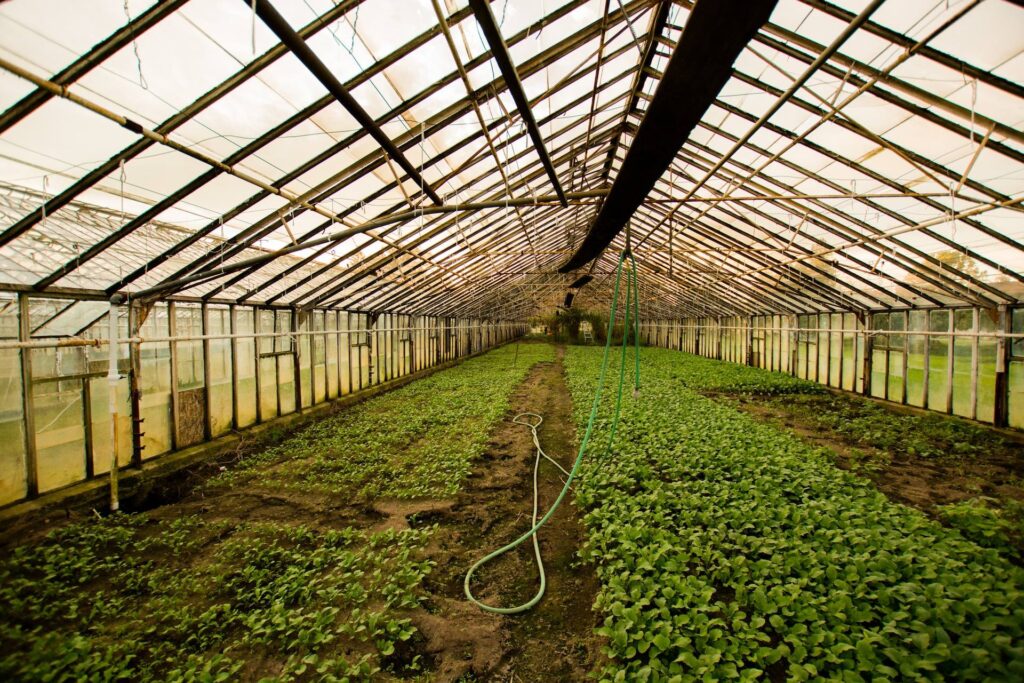
What is polyhouse farming?
Polyhouse farming is a type of greenhouse cultivation where crops are grown inside a structure made of transparent or semi-transparent polyethylene sheets supported by a frame. This structure allows farmers to control temperature, humidity, and light, causing optimal conditions for plant growth regardless of external weather conditions.
Unlike open farming, where crops are brought in contact with rain, wind and insects, providing a polyhouse provides protection and stability, producing better yields and quality.
Benefits of polyhouse farming
Year-long cultivation
Polyhouses allow farmers to grow crops throughout the year, even with the seasonal changes. This ensures a stable income without being dependent on the monsoon.
higher productivity
Studies suggest that the yield in polyhouse farming can be 2–5 times higher than traditional farming due to optimal growing conditions.
Better quality yield
Fruits, vegetables and flowers grown inside a polyhouse look more similar and visually appealing and are often pesticide-free, which receives high prices in the market.
Watery
Most polyhouses use drip irrigation systems, reducing water wastage by 50–70% compared to open area cultivation.
Pest and disease control
By exposingattached environmental pests and diseases, chemical pesticides reduce the need for pesticides.
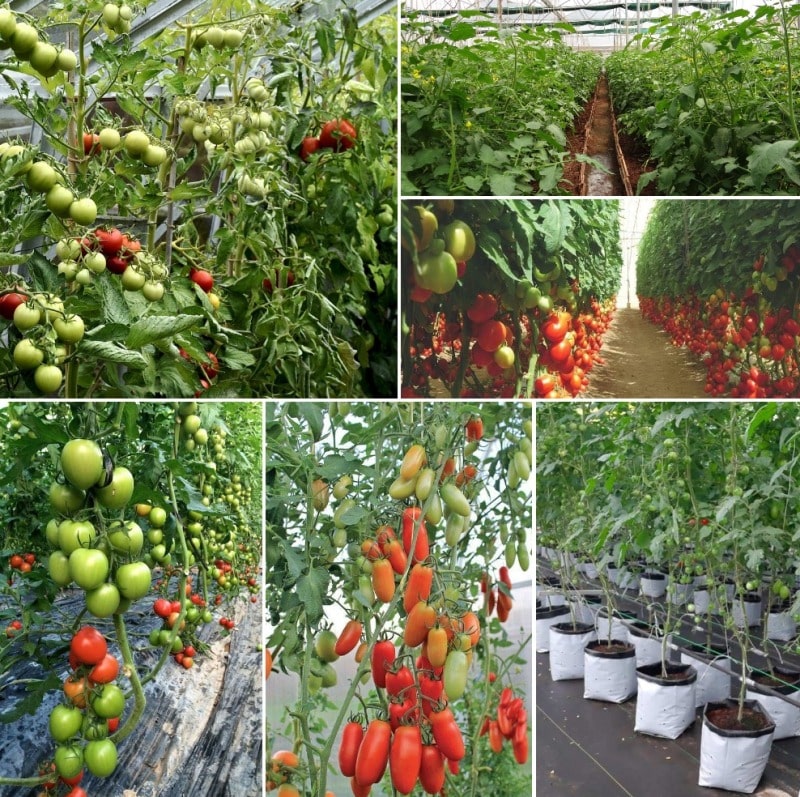
Crops suitable for polyhouse farming in India
Polyhouses are ideal for high-value crops such as:
Vegetables: tomatoes, capsicum, cucumber, lettuce, spinach
Flowers: Rose, Gerberas, Orchids, Carnations
Fruit: Strawberry, Dragon Fruit, Melons
Herbs and foreign plants: basil, parsley, mint
These crops often have high demand in urban markets and export areas, which makes them profitable for farmers.
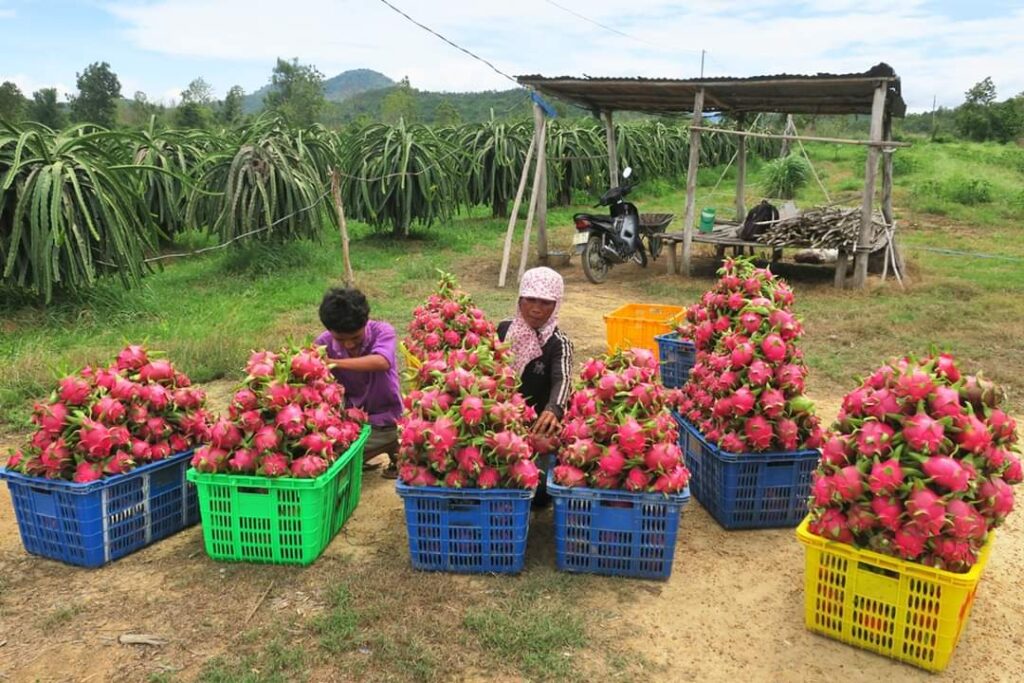
Investment and Expenses
Establishing a polyhouse primarily hinges upon the size, design, and materials used; the average amount is about:
A simple naturally ventilated polyhouse may cost anything between ₹700 and ₹1,200 per square metre.
A high-tech climate-control polyhouse may cost between ₹1,500 and ₹2,200 per square metre.
For example, the investment for one 1,000 square metre polyhouse could go up to ₹8–₹12 lakhs. While the initial cost and time might be very high, in the end, because of enhanced yields and the premium market price, a good return could be expected from such an investment.
Government Subsidies and Support
The Government of India, under schemes like MIDH and programmes at the level of the states, offers subsidies of about 40-75% on the cost of putting up polyhouses.
In Haryana, farmers are provided a 50-65% subsidy depending upon size and crop type.
Such subsidies help reduce the financial burden and encourage farmers to take up this technology.
Challenges in Polyhouse Farming
There do exist a few challenges, for all the benefits associated with polyhouse farming:
High Initial Investment: Despite all the subsidies, one can put forth the argument that the cost of building polyhouses still acts as a deterrent.
Technical Knowledge Required: Farmers ought to equip themselves with the know-how to maintain required temperature, humidity, and irrigation.
Maintenance Costs: Polyethylene sheets have to be replaced every 3-5 years, and pest entry is still possible with inadequately sealed polyhouses.
Market Linkages: Farmers must have access to markets willing to pay adequately for the produce of high quality.
Read also – India’s Tariff System: Balancing Protection and Progress
The Future of Polyhouse Farming in India
With more and more people leaning towards sustainable agriculture and pesticide-free, fine-quality produce grabbing increasing demand, polyhouse farming in India is all set to grow at a handsome rate. Training programmes and government support and cooperative farming can all play their part in promoting the technology.
With ongoing climate change hitting pesky wrong notes on traditional farming, polyhouses can stand secure, profitable, and environmentally friendly to uplift the future of agriculture in India.
FAQ – Polyhouse Farming in India
1. What is polyhouse farming?
Polyhouse farming is a modern agricultural technique where crops are grown inside a structure covered with transparent or semi-transparent polyethylene sheets. This allows farmers to control temperature, humidity and light, which ensures crop growth and adverse weather safety.
2. How is polyhouse farming different from greenhouse farming?
Both are similar in concept, but greenhouses can be made from glass or polycarbonate, while polyhouses use especially polyethylene sheets. A polyhouse is usually cheaper than a glass greenhouse.
3. Which crops are best suited for polyhouse farming in India?
Polyhouses are ideal for high-value crops such as:
Vegetables: Tomato, Capsicum, Cucumber, Lettuce
Flowers: Roses, Gerberas, Carnations, Orchids
Fruit: Strawberries, Melons
Herb: basil, mint, parsley leaf
4. How much does it cost to install a polyhouse in India?
Cost depends on size and design:
First of all, the naturally ventilated polyhouse: around ₹700 to ₹1,200 per square metre.
In contrast, the climate-controlled one costs ₹1,500 to ₹2,200 per square meter.
Thus, a 1,000-square-metre polyhouse will cost you from ₹8 to ₹12 lakh.
5. Does the government grant subsidies for polyhouse farming?
Yes, government grant subsidies under the Mission for Integrated Development of Horticulture (MIDH) and state plans. This will offer farmers in the range of a 40–75% subsidy on the setup cost. In Haryana, the subsidy ranges between 50 and 65%, depending upon the crop type and the structure.
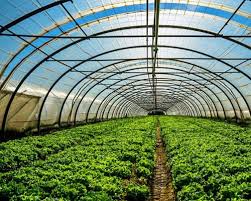

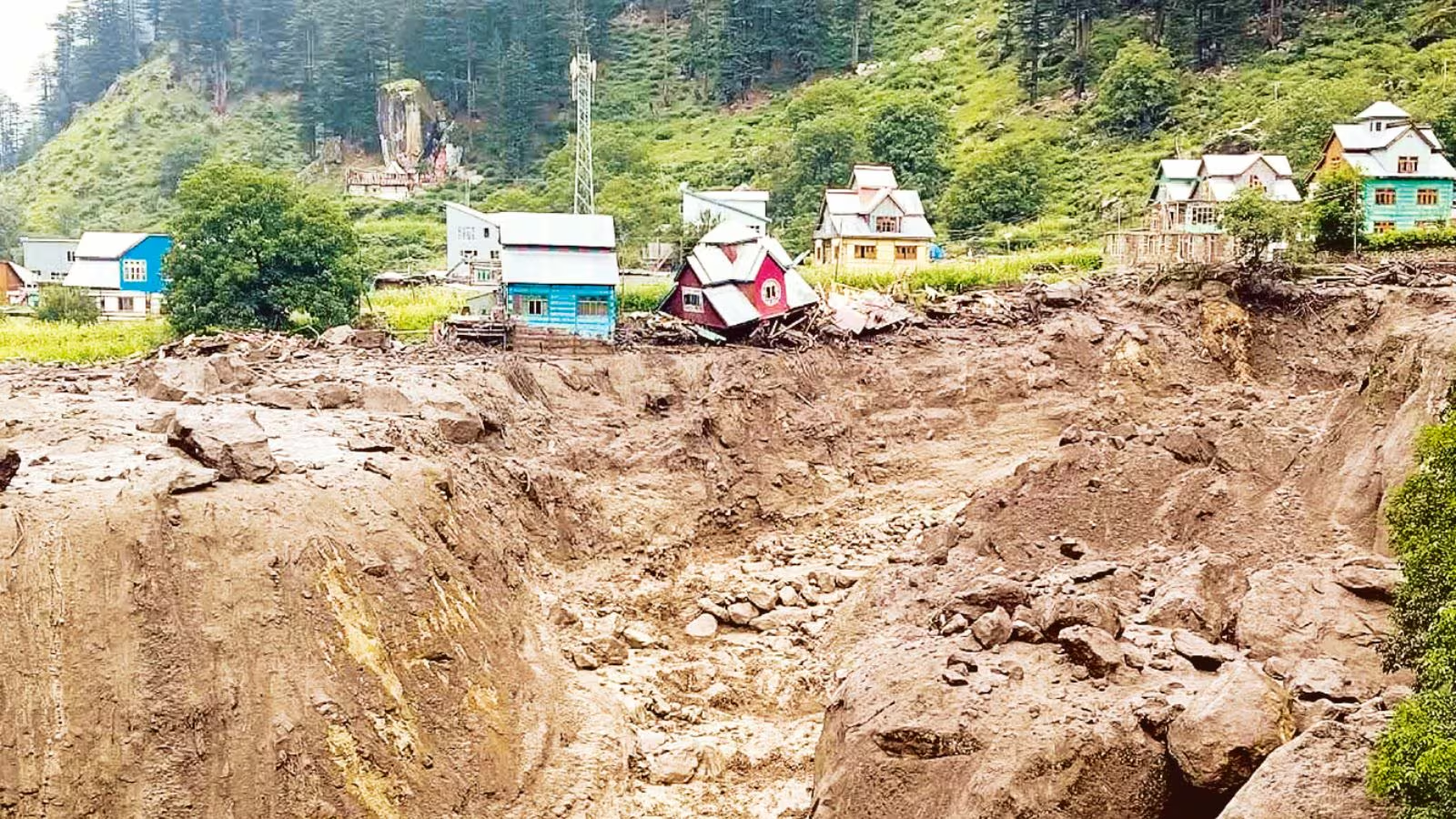





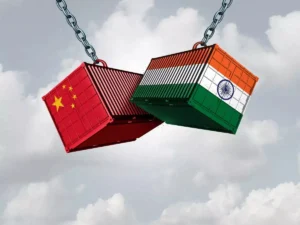




Post Comment